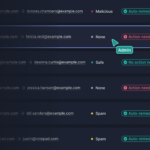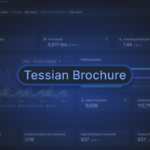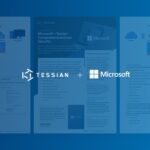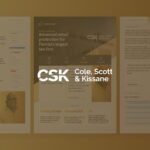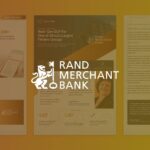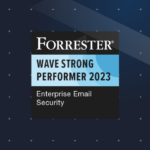Life at Tessian
- All Categories
- ...
-
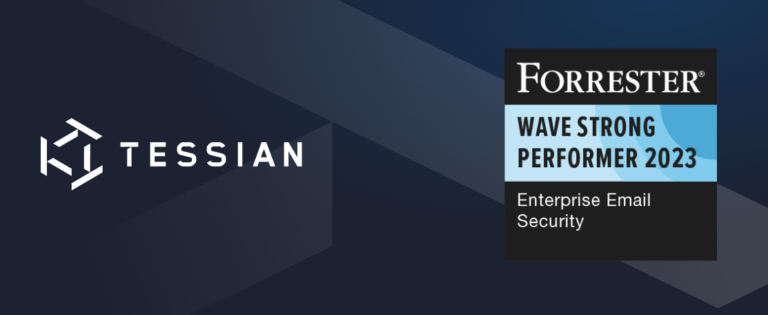 Life at Tessian, Integrated Cloud Email Security
Life at Tessian, Integrated Cloud Email SecurityTessian Named a Strong Performer in Enterprise Email Security by Independent Research Firm
-
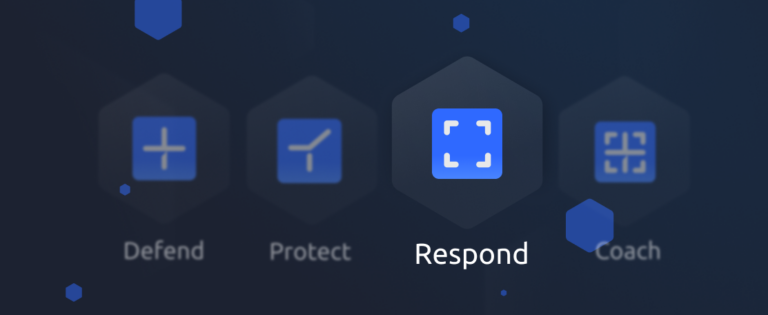 Life at Tessian
Life at TessianTessian Launches Advanced Email Threat Response Capabilities for Security Teams
-
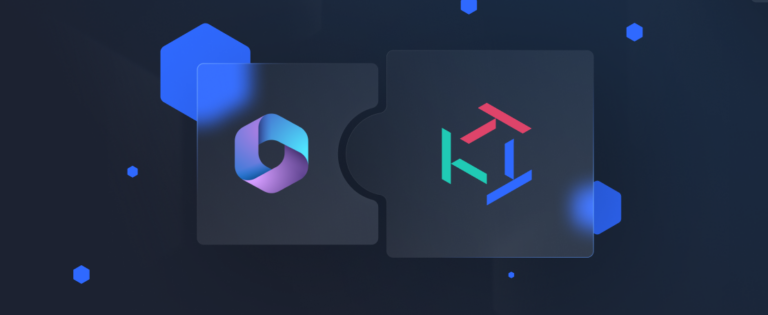 Life at Tessian
Life at TessianTessian is First Email Security Platform to Fully Integrate with M365 To Provide Threat Protection and Insider Risk Protection
-
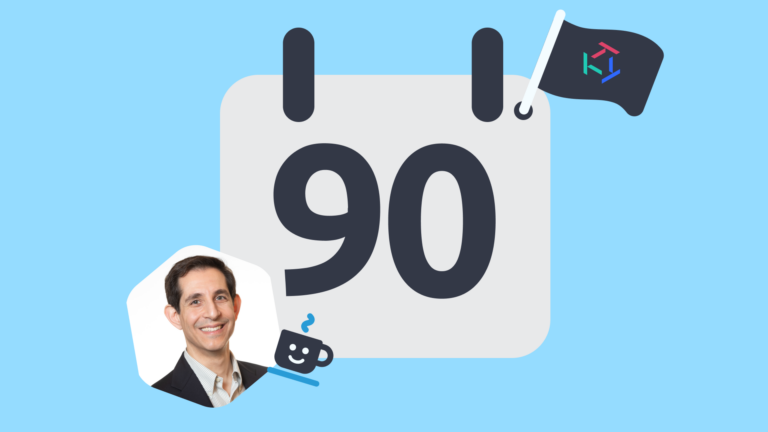 Life at Tessian, Engineering Blog
Life at Tessian, Engineering BlogOur VP of Engineering on Tessian’s Mission and His First 90 Days in the Role
-
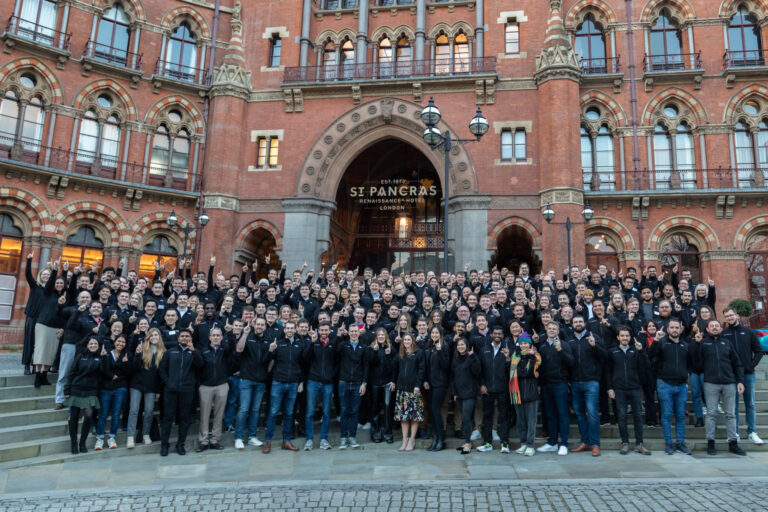 Life at Tessian
Life at TessianA decade in the making, but the best is yet to come.
-
 Life at Tessian
Life at TessianA fresh new look for a world in need of Intelligent Cloud Email Security
-
 Life at Tessian
Life at TessianTessians 2022 DEI Report
-
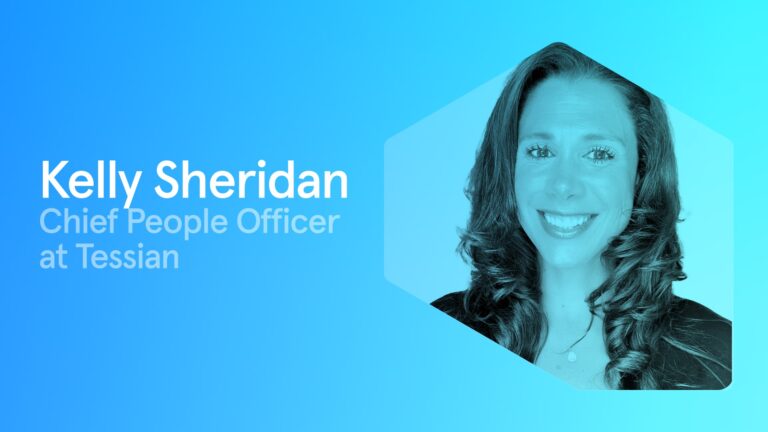 Life at Tessian
Life at TessianWelcoming Our New Chief People Officer
-
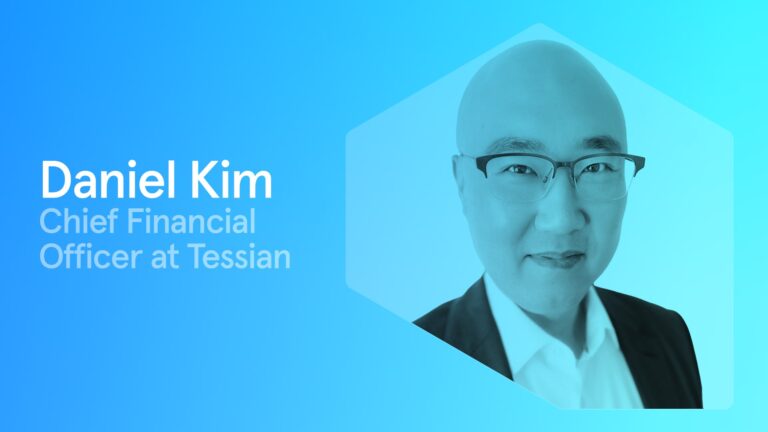 Life at Tessian
Life at TessianTessian Appoints Chief Financial Officer to Continue Growth in North America Market
-
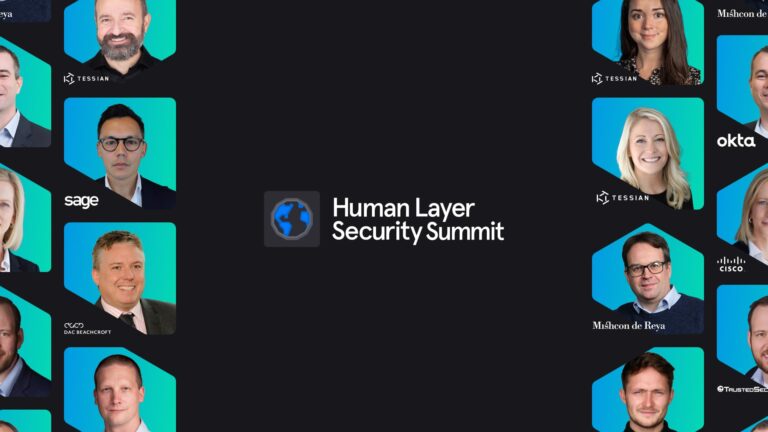 Life at Tessian
Life at TessianWhat We Learned From Our 7th Human Layer Security Summit
-
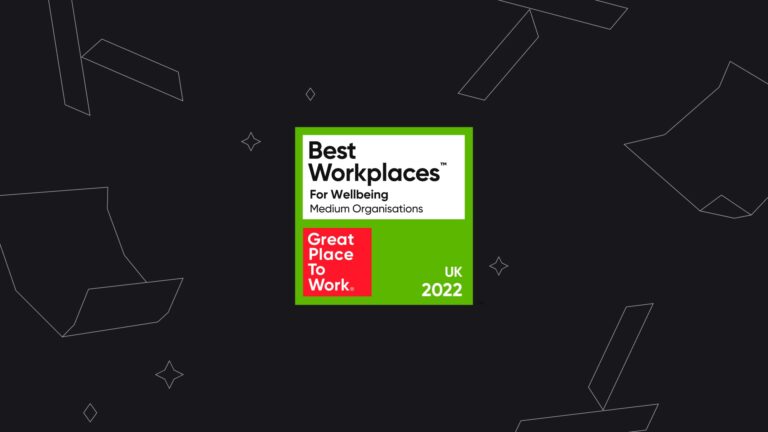 Life at Tessian
Life at TessianTessian Named One of the 2022 UK’s Best Workplaces™ for Wellbeing
-
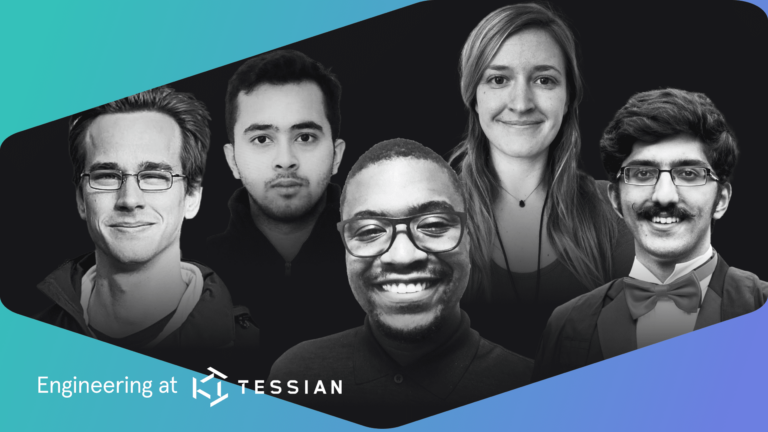 Life at Tessian, Engineering Blog
Life at Tessian, Engineering BlogEngineering Spotlight: Meet Our 2021 Cohort of Associate Engineers
-
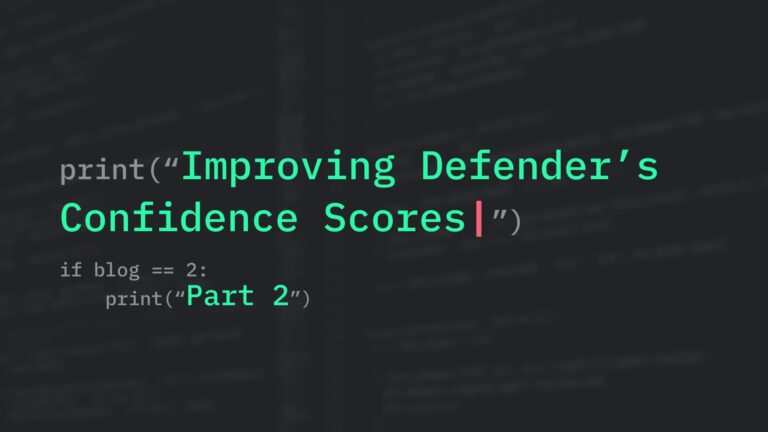 Life at Tessian, Advanced Email Threats, Engineering Blog
Life at Tessian, Advanced Email Threats, Engineering BlogWhy Confidence Matters: How Good is Tessian Defender’s Scoring Model?
-
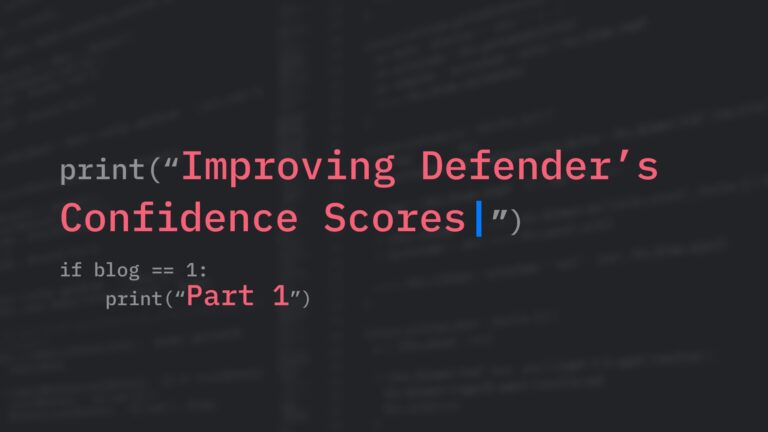 Life at Tessian, Integrated Cloud Email Security, Advanced Email Threats, Engineering Blog
Life at Tessian, Integrated Cloud Email Security, Advanced Email Threats, Engineering BlogWhy Confidence Matters: How We Improved Defender’s Confidence Scores to Fight Phishing Attacks
-
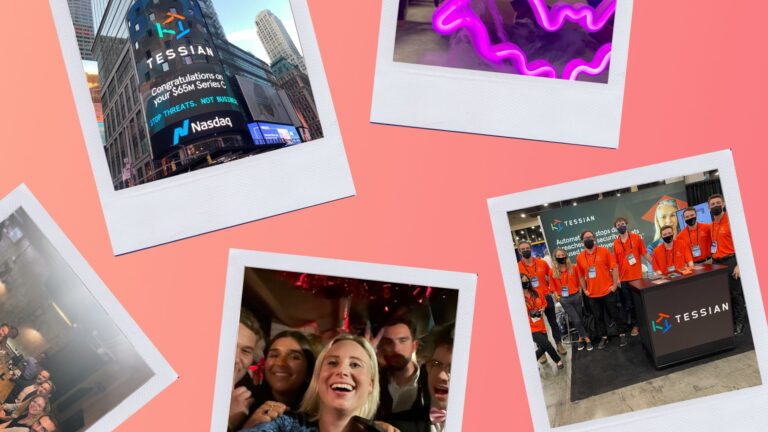 Life at Tessian
Life at TessianTessian’s 2021 Was Action Packed, Here’s What We Got Up To…
-
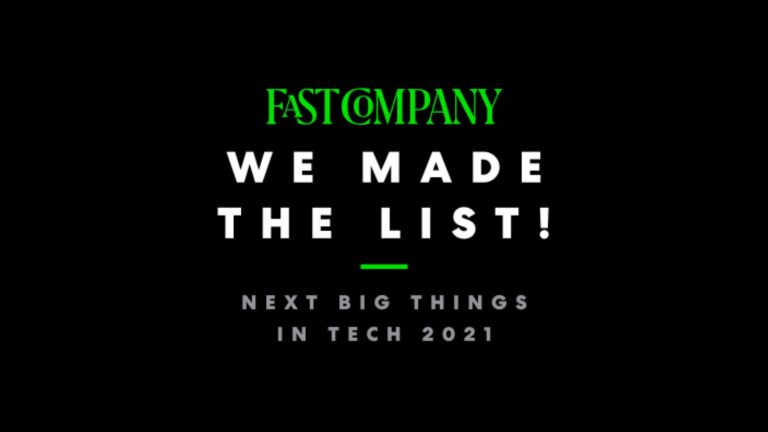 Life at Tessian
Life at TessianTessian Named One of ‘Next Big Things in AI and Data’ by Fast Company
-
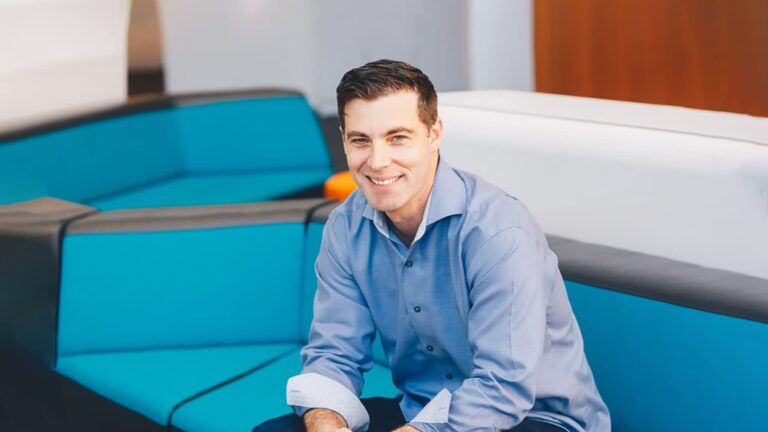 Life at Tessian, Integrated Cloud Email Security
Life at Tessian, Integrated Cloud Email SecurityTessian Announces Allen Lieberman as its Chief Product Officer
-
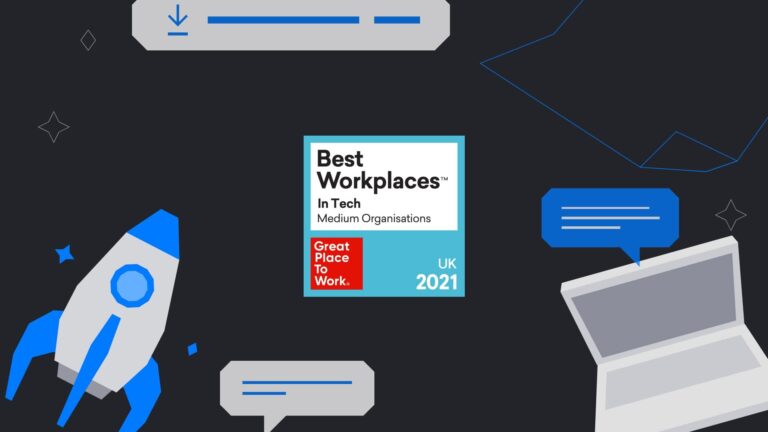 Life at Tessian
Life at TessianTessian Officially Named a 2021 UK’s Best Workplace™ in Tech
-
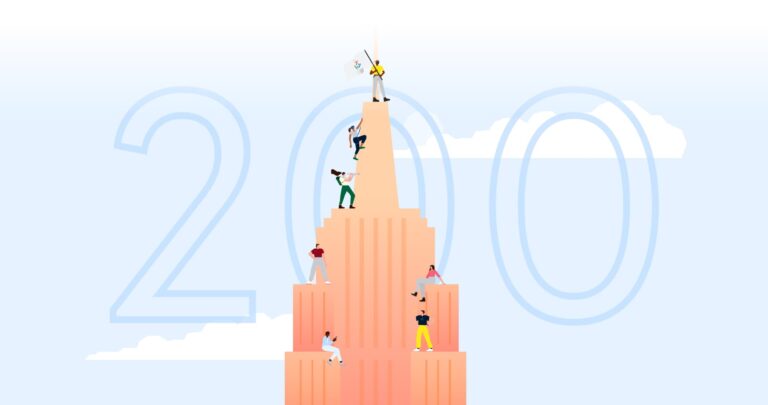 Life at Tessian
Life at Tessian200 Reasons to Love Tessian
-
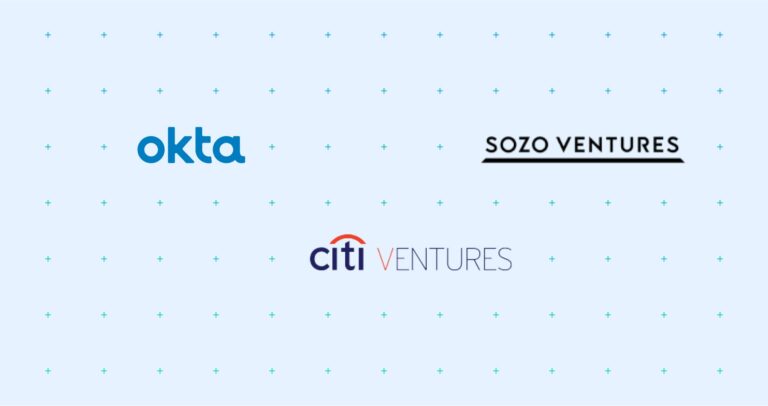 Life at Tessian
Life at TessianTessian Adds New Strategic Investors to Advance Security at the Human Layer


